A Chair for Yoga
A complete guide to Iyengar Yoga practice with a chair
by
Eyal Shifroni, Ph.D.
Second Edition
A Chair for Yoga
A complete guide to Iyengar Yoga
practice with a chair
Second Edition
by
Eyal Shifroni, Ph.D.

Based on the teachings of
Yogacharya B.K.S. Iyengar,
Geeta S. Iyengar, and Prashant S. Iyengar
at the
Ramamani Iyengar Memorial Institute (RIMYI),
Pune, India
Eyal Shifroni
A Chair for Yoga
A complete guide to Iyengar Yoga
practice with a chair
No part of this publication may be reproduced, stored in a retrieval system, or transmitted in any form or by any means, electronic, mechanical, photocopying, recording, scanning, or otherwise, without the prior written permission of the author.
Copyright 2013 by Eyal Shifroni
The author of this book is not a physician and the instructions, procedures, and suggestion in this guide are not intended as a substitute for the medical advice of a trained health professional. All matters regarding your health require medical supervision. Consult your physician before adopting the procedures suggested in this guide, as well as about any condition that may require diagnosis or medical attention.
The author and the publisher disclaim any liability arising directly or indirectly from the use of this guide.
All rights reserved 2013
Table of Contents
Preface to the Second Edition
The first edition of this book was received very well by teachers and students of Yoga around the world. Since its publication in April 2013, many people responded with enthusiastic feedback; some even suggested certain variations of their own. I myself have conducted several workshops based on the book, where new ideas emerged. I tested the accumulated material and, having added some new variations, decided it is time to publish a second edition. I hope this new, expanded edition will trigger new ways of exploring the asanas in your practice!
Eyal Shifroni
November 2013

Acknowledgments and Gratitude
The source of all the knowledge presented in this guide is my Guru, Yogacharia B.K.S Iyengar, the founder of the Iyengar Yoga method. The use of chairs in Yoga practice was introduced by Mr. Iyenger along with many other tools that he has invented and adapted over the years. I wish to express my deep admiration and gratitude for him not only as my personal teacher, but also for making Yoga accessible to millions, enabling every person to benefit from the gift of Yoga. I wish also to thank my Guru, Mr. Iyengar, for devoting his precious time to reviewing the manuscript and suggesting valuable corrections. As always, his accurate suggestions proved immensely valuable, pushed me to re-take some of the photos and contributed to my confidence in publishing the guide.
My initial interest in writing this guide was kindled during visits to Pune while practicing with a chair under the guidance of Prashant Iyengar at RIMYI. Geeta Iyengar's DVD: "The role of the chair in the yogi's life" ignited many of the ideas presented in this guide.
I wish to thank these three great teachers for introducing me to the world of Iyengar Yoga and for being a continuous source of knowledge and inspiration!
I also wish to thank many other teachers, most notably Faeq Biria, Birjoo Mehta and Jawahar Bangera, who have deepened and enriched my practice, with and without chairs.
Gratitude is have also due to my students who helped test and develop new ideas involving the use of chairs during classes and workshops. I hope that they have enjoyed this process as much as me!
The writings of this guide have been a joint-project of all the teachers who teach with me at the center in Zichron-Ya'akov (Israel). We have all experimented and tried the chair-work with our students, and each has contributed his own ideas. I want to say thanks especially to:
 Michael Sela who went through my writings over and over with endless patience and edited the text. He helped me formulate this guide and to express my ideas more concisely and clearly.
Michael Sela who went through my writings over and over with endless patience and edited the text. He helped me formulate this guide and to express my ideas more concisely and clearly.
 Ravit Moar and Rachel Hasson who spent many hours modeling for the photos in this guide.
Ravit Moar and Rachel Hasson who spent many hours modeling for the photos in this guide.
 Kym Ben-Ya'akov for contributing her talents both as a Yoga teacher and as an American native English-speaker using her hawk-eye to check the English in this guide.
Kym Ben-Ya'akov for contributing her talents both as a Yoga teacher and as an American native English-speaker using her hawk-eye to check the English in this guide.
Thanks to Anat Scher for her willingness to model for the photos of the . Special thanks also to my student Ram Amit who volunteered to take the photos and who did such a dedicated and wonderful job! Thanks also to my sweet daughter, Ayelet, who took some of the photos and edited all the photos to give them a final touch.
And, last but not least, I want to thank my wife, Hagit. Without her love and support, this guide (and many other things) could never have become real.
Photography: Ram Amit
Models: Ravit Moar, Rachel Hasson & Eyal Shifroni
Graphic Design: Einat Merimi | Studio A.N.A.
Text Editing: Michael Sela
Introduction
This guide is a modest attempt to present how a chair can be used to deepen and enhance the practice of Yogasasna. It was born out of the interest and enthusiasm expressed by my students during classes and workshops in which we explored various ways to use chairs. They requested me to document this work, so that they could continue to practice at home.
We hope that this presentation will help practitioners, students and teachers make systematic use of chairs in their practice, thus helping to spread Iyengar Yoga for the benefit of all!
The Use of Props
B.K.S. Iyengar has developed a range of equipment and accessories that enable every person to improve her/his asana practice and benefit from it. The main purposes of these "props" are to help the practitioner:
Perform asanas which are difficult to perform independently
Achieve and maintain correct alignment during the practice
Stay longer and relax in challenging asanas, in order to attain their full benefit
Study and investigate the asanas in greater depth.
Props are indeed an important characteristic of Iyengar Yoga, but they should not be confused with its essence. Props are a means to an end - such as alignment, stability, precision, and staying longer in asanas.
This guide focuses on one such prop: the chair! It contains eight chapters, each dedicated to another family of asanas, and an "A chair for all a gentle practice sequence".
The usages of the chair covered here, are intended to direct awareness to different aspects of the asanas and to different parts of the body, in order to deepen and enhance the understanding of the asanas. Practitioners should be careful not to develop dependency on props; rather, props should be employed intelligently in pursuit of a more mature and mindful asanas practice.
What Type of Chairs Should be Used?
The chair must be stable and sturdy and have a horizontal, square-shaped, flat seat at the appropriate height (about a 45 cm elevation from the floor). It is strongly recommended to use the folding metal chairs used in RIMYI and other Iyengar centers. These chairs are typically equipped with two horizontal, supportive metal rungs, one welded between the front legs and the other between the rear legs. The backs of such chairs should be removed, in order to expose the frame of the backrest for ease of gripping and for enabling movement through it.
Next page
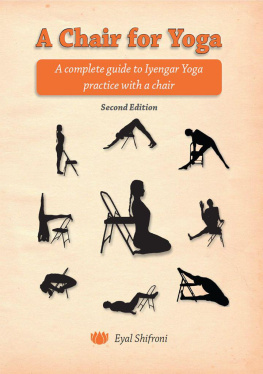
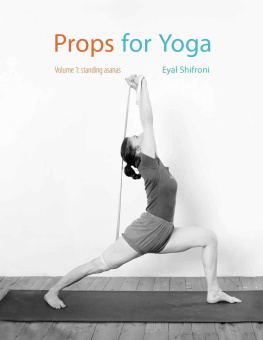

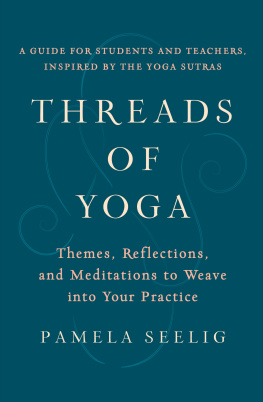


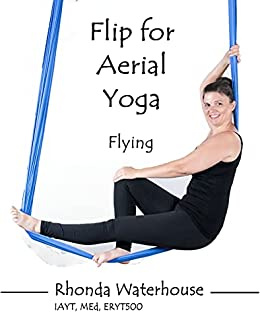
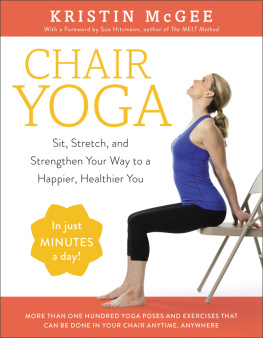
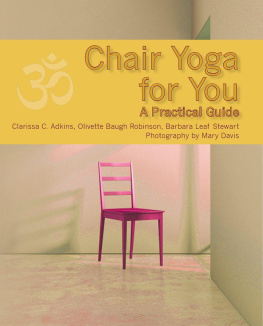


 Michael Sela who went through my writings over and over with endless patience and edited the text. He helped me formulate this guide and to express my ideas more concisely and clearly.
Michael Sela who went through my writings over and over with endless patience and edited the text. He helped me formulate this guide and to express my ideas more concisely and clearly.